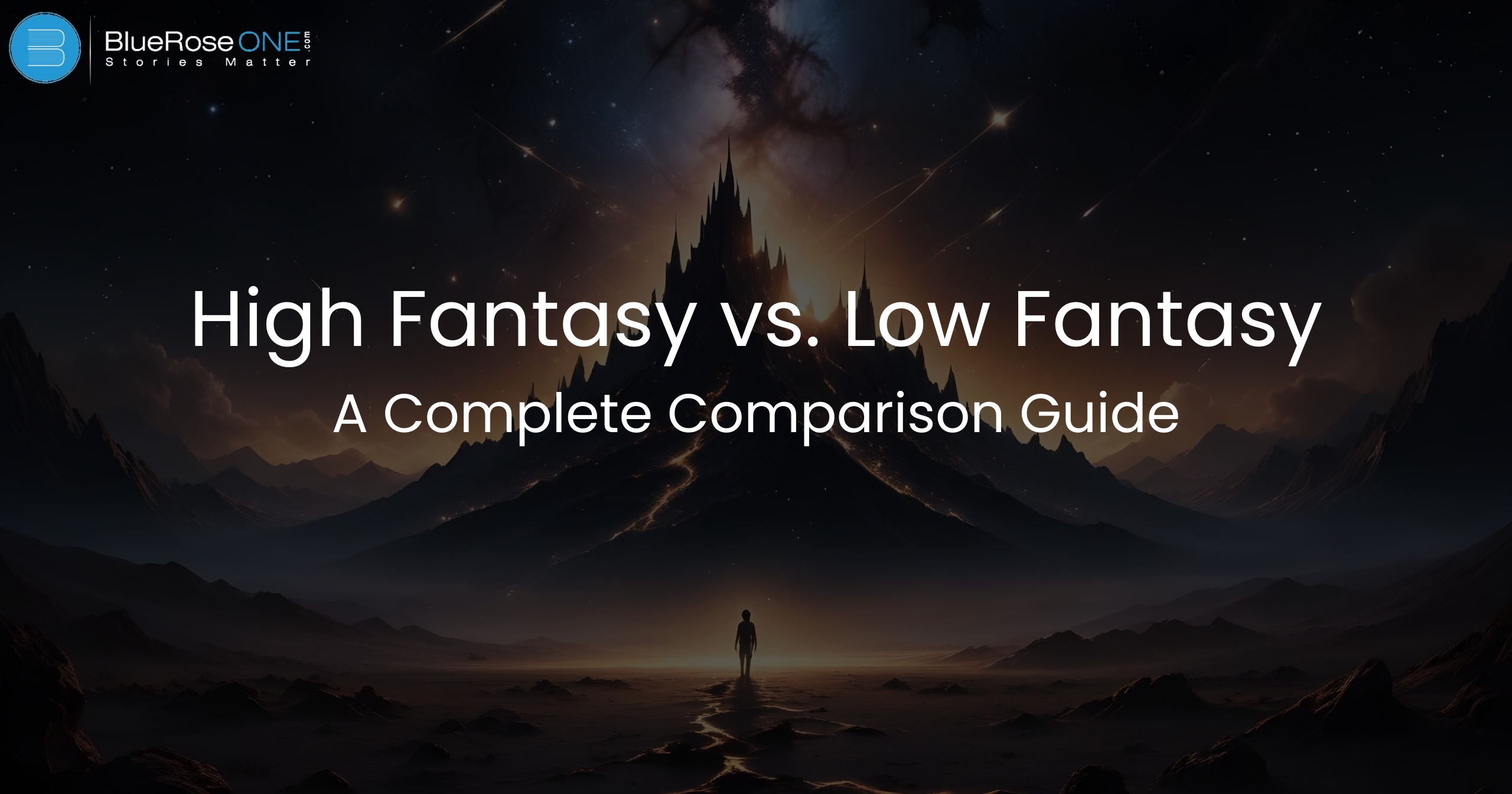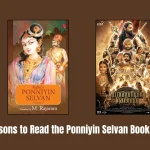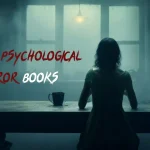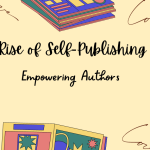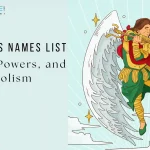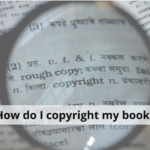Readers have always been enthralled with the fantasy genre because of its inventive settings, unusual creatures, and nuanced people. There are two main subgenres of fantasy literature: high fantasy and low fantasy. What distinguishes them, though? In order to help you better comprehend the distinctions, traits, and attraction of high fantasy and low fantasy, this essay will compare both genres in great detail.
What Is High Fantasy?
Epic fantasy, another name for high fantasy, is a subgenre that takes place entirely in made-up worlds. High fantasy transports readers to whole new worlds with its frequent use of intricate magic systems, extensive world-building, and epic quest structures. Characters in stories typically go on epic adventures, face off against powerful foes, or solve long-forgotten secrets.
Characteristics of High Fantasy
- Unique Settings: High fantasy occurs in worlds unlike our own, often with their own cultures, languages, and histories.
- Epic Scale: The stakes are typically high, with battles between good and evil, empires at risk, and heroes on world-changing quests.
- Elaborate Magic Systems: Magic is usually a key component in high fantasy, often defined by strict rules and systems.
Examples of Popular High Fantasy Works
- The Lord of the Rings by J.R.R. Tolkien
- A Song of Ice and Fire by George R.R. Martin
- The Wheel of Time by Robert Jordan
You may also like: Literary Devices: A Complete List of Literary Devices
What Is Low Fantasy?
A type of fantasy known as “low fantasy” is fiction set in the real world or one very similar to it, with few or no magical aspects. Low fantasy is more grounded in reality and has a more subdued use of magic than high fantasy, which is characterized by expansive, epic settings and potent magic. This genre’s stories frequently examine moral ambiguity and nuanced personalities, which gives the conflicts a more realistic sense. Examples of popular low fantasy are The Night Circus and Harry Potter.
Characteristics of Low Fantasy
- Real-World Settings: Low fantasy is either set in our world or a world that closely resembles it.
- Subtle Magic: Magic exists, but it is limited, rare, or hidden from the general populace.
- Focus on Individual Conflicts: While high fantasy may focus on the fate of entire worlds, low fantasy often centers around personal or localized conflicts.
Examples of Popular Low Fantasy Works
- Harry Potter by J.K. Rowling (combining elements of both high and low fantasy)
- The Magicians by Lev Grossman
- Jonathan Strange & Mr. Norrell by Susanna Clarke
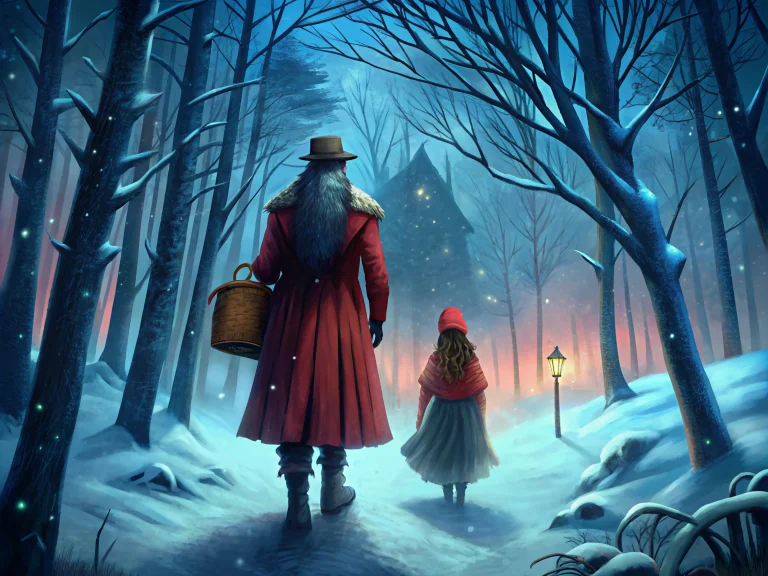
You may also read: What is Southern Gothic? Definition, Examples and Much More
Key Differences Between High Fantasy and Low Fantasy
Setting and World-Building
The setting of low fantasy is frequently based in the real world, or a variant of it, with magical aspects incorporated into day-to-day existence. The world-building emphasizes how magic or extraordinary events upend normalcy and is typically more grounded and relatable. High fantasy, on the other hand, is set in wholly imaginary worlds with complex histories, cultures, and landscapes where magic is frequently a fundamental aspect of life. The difference is in the extent to which fantasy modifies reality.
Magic and Supernatural Elements
Magic and otherworldly components are usually grounded in reality in low fantasy, frequently manifesting discreetly or as uncommon occurrences. Because these components coexist with everyday life, readers will find the setting more relatable. Low fantasy maintains magical events rare and unpredictable, in contrast to high fantasy, when magic is prevalent and frequently abundant. This difference heightens the tension between reality and imagination by allowing low fantasy to examine how common characters react to the supernatural’s incursion.
Themes and Tone
Low fantasy frequently has more grounded themes that center on real-world problems including social injustice, power struggles, and human nature. The settings are well-known, and there is little to no enchantment or otherworldly element. As a result, the mood of high fantasy becomes gritty or harsher, in contrast to its sweeping, heroic tone. Since low fantasy stories often depict real-life struggles and conflicts in settings similar to our own, they may seem more approachable to readers.
You may also read: A Complete List of Anuja Chuahan Books
High Fantasy: The Importance of World-Building
Because high fantasy takes place in a completely made-up universe with its own laws, customs, and history, world-building is essential. In order to immerse readers in new worlds, often ones replete with magic, legendary animals, and epic conflicts, this genre depends on building vivid settings. Precise world-building enables readers to suspend disbelief and immerse themselves in the narrative. Since its rich settings and complex mythology are essential to its appeal, high fantasy may come across as shallow without it.
Low Fantasy: The Blending of Reality and Fantasy
In low fantasy, magical and mundane aspects combine to create a more believable storyline. While high fantasy is set in wholly imaginary realms, low fantasy frequently takes place in well-known locations, such as historical eras or contemporary cities. Characters may come into otherworldly entities or experiences that upend their regular lives as a result of this combination, making for a unique experience. Books like “Harry Potter” and “The Chronicles of Narnia,” where the magic seems almost real, are prime examples of low fantasy.
The Role of Magic in High Fantasy
In high fantasy, magic is an integral part of the plot and the setting. Characters frequently use it as an instrument to do amazing deeds that defy natural principles. This power has the ability to conjure legendary monsters, build entire realms, or even change reality itself. High fantasy presents magic as a crucial component that is intricately entwined with the character adventures and the main storyline, in contrast to low fantasy, where magic is uncommon and frequently concealed.
The Role of Magic in Low Fantasy
The vast magical systems found in high fantasy are very different from the limited or subtle magic seen in low fantasy. Usually, this genre blends supernatural aspects into a more grounded reality, giving them an air of rarity or even forbiddenness. In low fantasy, magic can represent social problems or personal struggles, which can have an impact on the plot and character development. Magic is a tool that writers use to build suspense and mystery, which helps readers empathize with the characters and their struggles.
You may also read: List of Top 10 Famous R.K. Narayana Books of All Time
Characters in High Fantasy
Larger-than-life characters, such as wizards, warriors, elves, and mythological animals, are common in high fantasy literature. They usually inhabit intricately developed worlds with unique magic systems, histories, and laws. Epic quests are a common feature of high fantasy protagonists, who must navigate moral conundrums and personal development along the road. Their travels tackle issues of friendship, sacrifice, and good versus evil in addition to adventure. These characteristics captivate readers into the strange worlds of high fantasy characters by making them likable and relatable.
Characters in Low Fantasy
Characters in low fantasy frequently live in worlds that are comparable to our own, with little to no magic or supernatural features. Real-world difficulties like moral impasses, interpersonal disputes, or social problems are frequently faced by these characters. Because of their realistic development, readers may relate to their adversities and personal development. Low fantasy characters, in contrast to heroic figures in high fantasy who may possess magical abilities, depend on their cunning, bravery, and ingenuity to get through difficult circumstances, which makes their adventures interesting and realistic.
The Tone and Themes in High Fantasy
Heroism, the battle for power, good vs evil, and other major themes are frequently explored in high fantasy, which is distinguished by its epic tone. The magical, fantastical, and historically significant realms in which these tales are set are vividly envisioned. Because of the tone, which is frequently emotional and serious, readers can fully engage with the characters’ journeys and the stakes involved. Friendship, selflessness, and the value of hope are among the common themes found in high fantasy literature, which makes it an engaging genre that appeals to a wide audience.
The Tone and Themes in Low Fantasy
Comparing low fantasy to high fantasy, the former frequently has a darker and more realistic tone. It takes place in a world akin to our own, where magical components are uncommon and frequently called into question. Low fantasy stories often deal with human hardships, moral complexity, and societal issues, which helps readers relate to the story. Low fantasy emphasizes the intricacies of life without overly depending on large magical elements by concentrating on the characters’ internal struggles and day-to-day difficulties.
Which One Should You Choose to Read or Write?
When deciding between high fantasy and low fantasy for reading or writing, consider the elements that define each genre. High fantasy, like J.R.R. Tolkien’s “The Lord of the Rings,” is set in entirely imaginary worlds with unique rules, magic systems, and creatures. It often explores epic themes of good versus evil. In contrast, low fantasy, such as George R.R. Martin’s “A Song of Ice and Fire,” is grounded in the real world but introduces magical elements that disrupt everyday life. Choose high fantasy if you enjoy elaborate world-building and grand adventures, while low fantasy is perfect for those who prefer relatable settings with a touch of magic.
Conclusion
Both low and high fantasy provide distinctive narrative experiences. Low fantasy introduces the wonder of magic into our everyday existence, but high fantasy takes readers to entirely new magical and adventurous worlds. Which option you choose will rely on your own tastes in topics, characters, and world-building.

